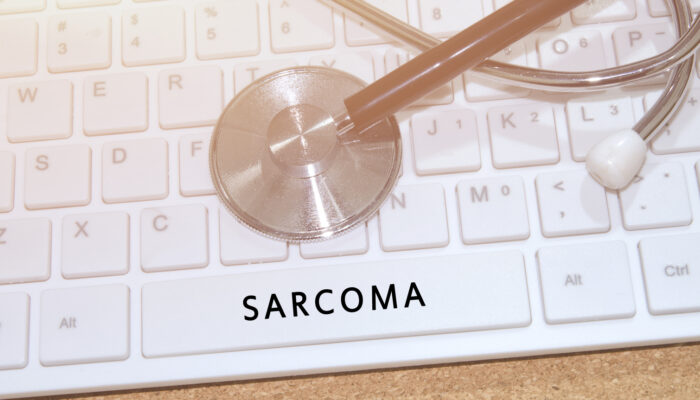
Symptoms of different types of ulcers
Ulcers are painful sores that develop on different body parts and take time to heal. Ulcers are not uncommon and their causes and where they occur may vary. Given that ulcers can form anywhere from the inner lining of the stomach to the outermost layer of the skin, understanding the symptoms and treatments for the different types of ulcers are essential.
The most common types of ulcers are:
- Peptic ulcers
These ulcers develop on the inner lining of the stomach on the upper side of the esophagus or small intestine. They are caused due to damages by the digestive juices. Inflammation caused because of infection from H. Pylori can also cause these ulcers. Heartburn, vomiting, bloating, belching, and chest pain are common symptoms of these ulcers. - Arterial ulcers
Also known as ischemic ulcers, these develop as open sores on the outer side of the toes, heels, feet, and ankles. These ulcers are caused because of damage to the arteries by reduced or lack of blood flow. They take time to heal and should be taken care of properly. The symptoms of these ulcers are leg pain, sores appearing in red, black, or yellow color, lack of bleeding, and cold sensation in the area of the ulcer. - Venous ulcers
These are the most common type of leg ulcers. They are formed as open sores on the leg, in the area below the knee, and the inner area of the ankle. When veins get damaged due to insufficient blood flow to the heart, it leads to the formation of venous ulcers. Symptoms of these ulcers are scabbing, swelling, inflammation, itchy skin, and discharge. Similar to arterial ulcers, venous ulcers are slow to heal. - Mouth ulcers
Small sores or lesions which form in the inner lining of the mouth or on the base of the gums are known as mouth ulcers. These ulcers are also known as canker sores as well. Mouth ulcers normally appear as sores that disappear without scarring in a matter of two weeks. They are caused by food allergies, vitamin deficiencies, biting on the inside of the cheek, brushing vigorously, bacterial infections, and other diseases. The more serious type of mouth ulcers might show the symptoms of diarrhea, fever, and issues with eating and drinking. Some ulcers might even extend as far as the lip. - Genital ulcer
These ulcers develop on the genital areas, such as the vagina, anus, penis, or the surrounding areas. While the usual cause for these ulcers is sexually transmitted diseases, they can also arise because of allergic reactions, inflammatory diseases, or trauma. The symptoms that accompany these genital ulcers are pain and itching, fever, swollen glands in the groin area, and bumps or rash in the affected area.
Ulcers are slow to heal in most cases and need proper attention and care to enable faster healing. Understanding the symptoms can help identify the ulcers as fast as possible so that necessary care can be taken at the earliest stage possible.



